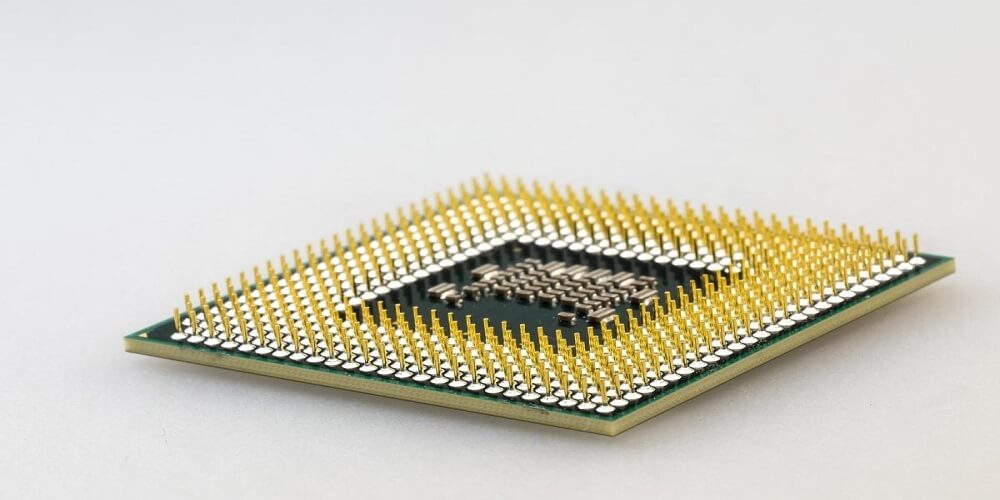The Central Processing Units (CPUs) is the major processor that can be found inside the computer system. It helps to carry our commands that the computer programs had instructed it to do. processeur also carries out some arithmetic logic, input and output functions that the control circuits give to the computer.
There are different classifications of CPUs. You can choose according to speed, flexibility, etc. Keep reading this article to see an overview of these CPU classifications.
Different Types of Computer CPUs
The following are the top classifications of CPUs and their functions:
1. Single-core
The single-core CPU has been existing long before the advent of other CPUs. People who work in personal and public offices mostly employ the use of the single-core. However, it’s not efficient as it only allows one instruction at a time and doesn’t support multitasking. If more than a single command is performed, the professor may start to display signs of declination.
2. Dual-core
Like the name, the dual-core processor comes with two powerful cores that function as one. Unlike the single-core processor, the dual-core is capable of running back and forth while performing multiple tasks.
To make the most out of the dual-core CPU, you must ensure that the programs and the operating systems running have a unique code secured in them. This code is often referred to as Simultaneous Multi-threading Technology (SMT).
3. Quad-core
This features a four cores design that functions in a single CPU. It’s more like a refined multiple-core model. Just like in a dual-core CPU, the quad-core supports multitasking effectively. It doesn’t create room for single operations, which means it’s 4 times faster than the other CPUs.
4. Hexa Core
This is a multiple-core CPU that comes with 6 cores and can carry out instructions much faster than the dual-core and quad-core processors respectively. If you’re using a personal computer, note that the hexacore comes with simple processors respectively. Even some recently manufactured smartphones features hexacore processors.
5. Octa-core
The octa-core processors feature up to 8 cores that can stand on their own and still perform tasks effectively and efficiently. It works much faster than the quad processors. The octa-core processors consist of two sets of quad-core processors that can split multiple activities between different types.
A lot of times, the core sets that are minimally powered are made to produce advanced tasks. If there’s a case of emergency, the four cores sets that are fast will be used.
6. Deca-core
The Deca-core processor features ten (10) systems that can work independently to perform and manage tasks effectively. Purchasing a personal computer or any other device that comes with a Deca-core is easily the best option you can make. That’s because it’s the most efficient of all other types of processors.
Conclusions
The speed of CPUs goes a long way to determine the effectiveness of computer tasks. So for a better experience, you needed to ensure that you’re making the right decision regarding choosing a CPU. This article guides you on all you need to know about the different computer processing units and their functions.

